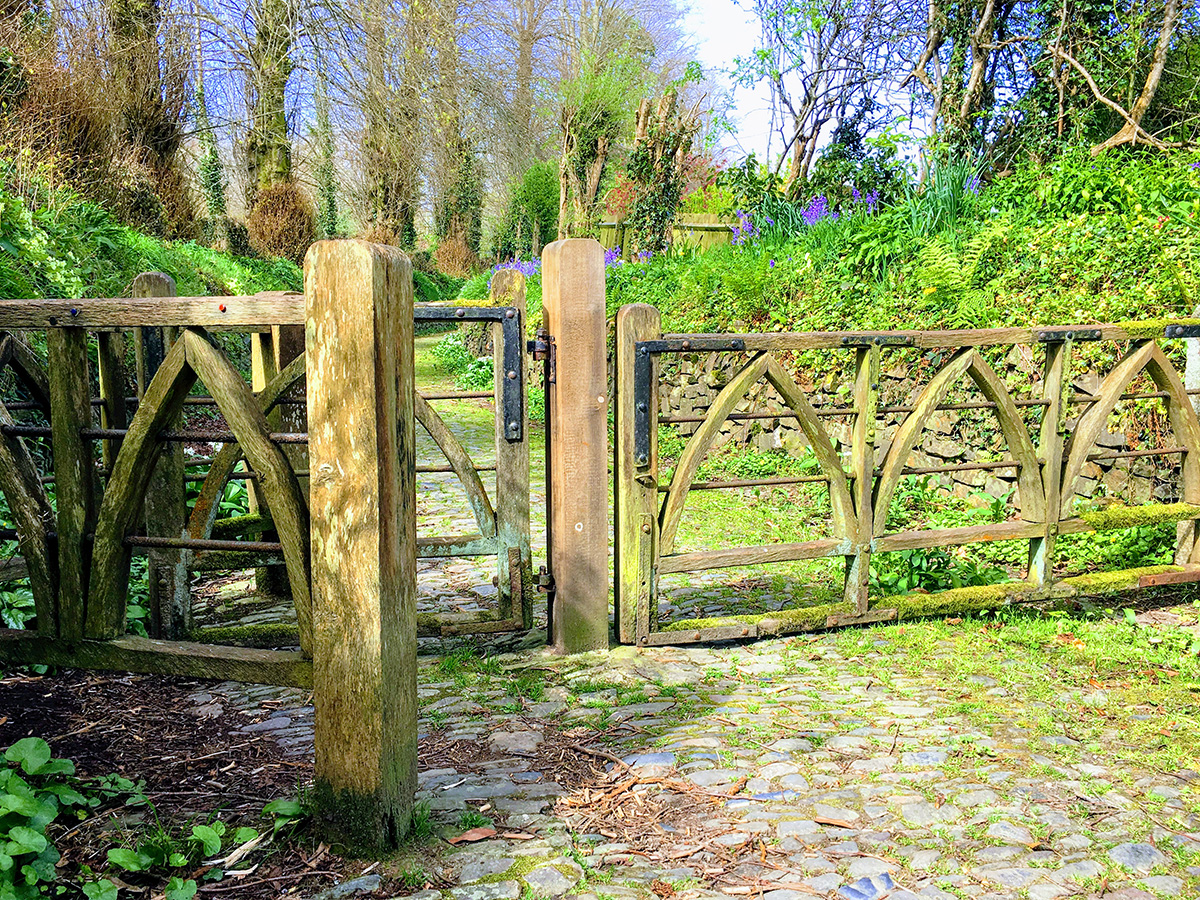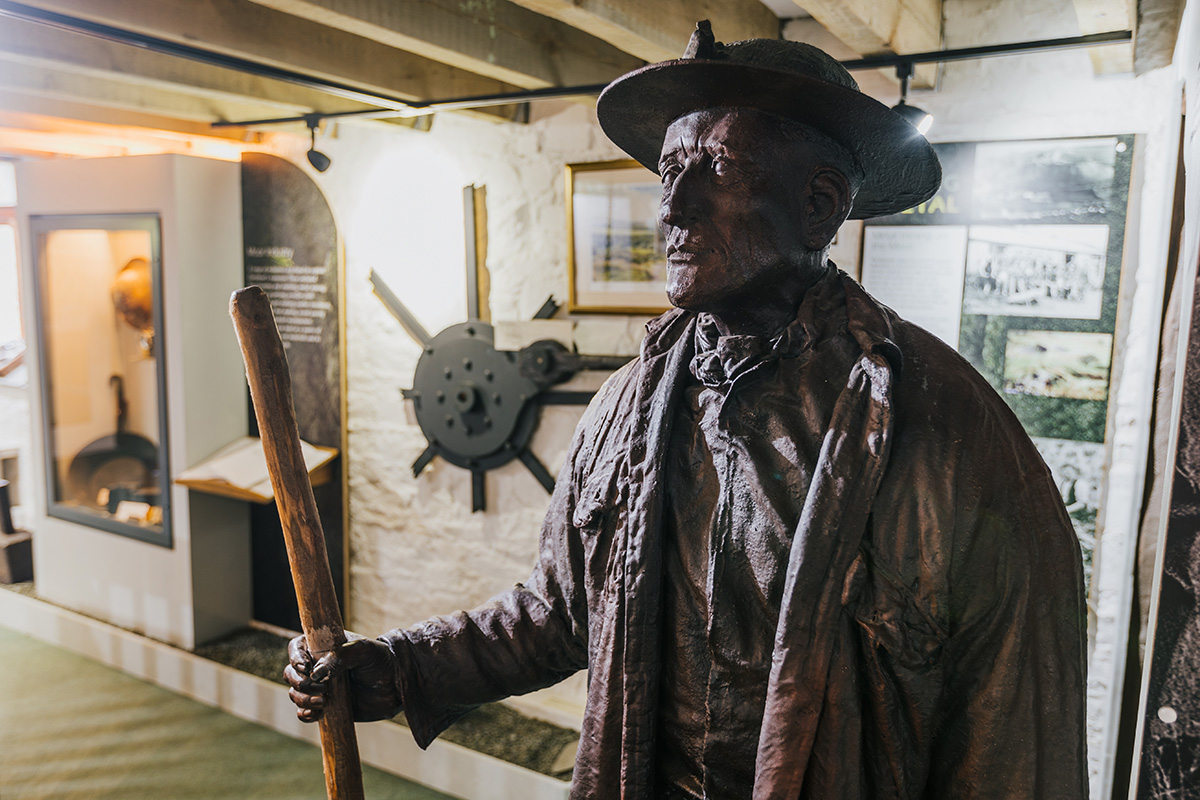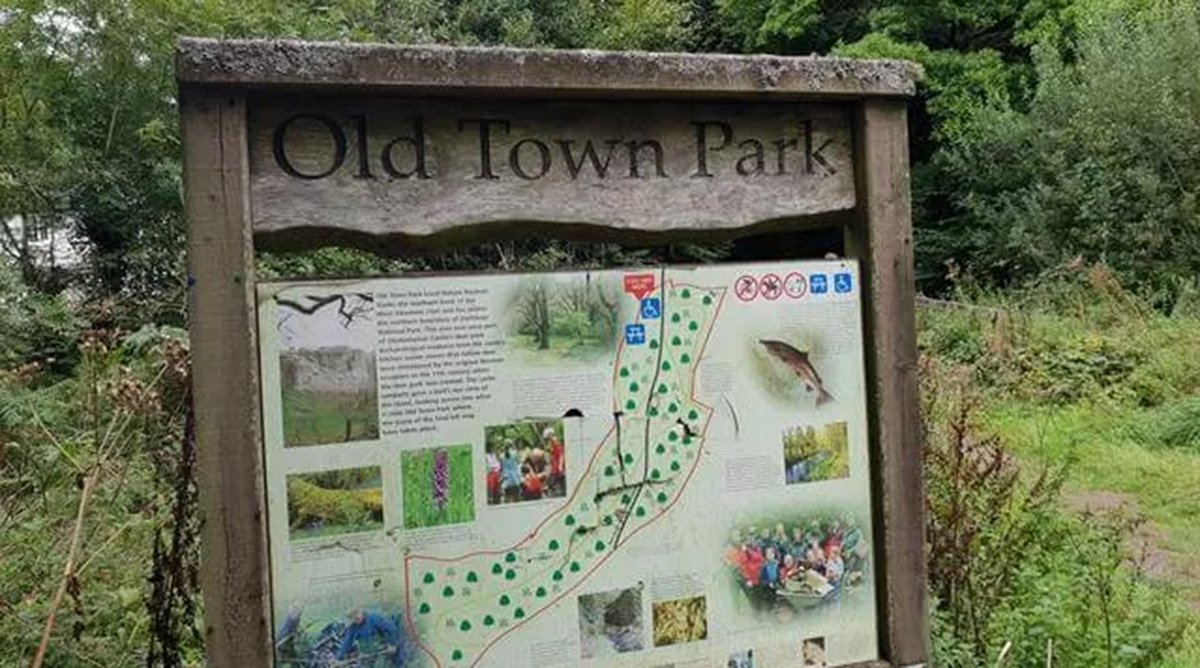Okehampton is a historic town, with a rich history stretching back to the Saxon period and beyond. Situated on the very edge of Dartmoor, it was originally established as a market town and grew around the River Okement, a tributary of the River Taw.
The earliest known settlements in the area date back to the Bronze Age, with archaeological evidence suggesting that the region was inhabited long before the Roman conquest of Britain. However, Okehampton’s prominence began in the Saxon era. The name “Okehampton” is derived from Old English, with “Ock” meaning oak and “hamtun” referring to a farm or settlement, indicating that it was likely a settlement near oak trees.
By the 11th century, Okehampton had become an important centre, particularly under the reign of the Saxon king, Alfred the Great. The town was part of the estate granted to the powerful Okehampton family, who were instrumental in its development. The family became closely associated with the region, and their influence continued for centuries.
One of Okehampton’s most significant landmarks is the Okehampton Castle, which dates back to the Norman Conquest of 1066. The castle was built as a defensive fortification by the de Courtenay family, who gained control of the town after the Conquest. The remains of the castle, still visible today, offer a glimpse into the military importance of Okehampton in the medieval period.
The town’s economy flourished during the Middle Ages, largely through its position as a market town. It was granted a market charter in 1234, which helped promote trade and commerce. Okehampton also became known for its role as a centre of wool production, with the wool trade being a crucial part of the town’s economic prosperity.
During the 16th and 17th centuries, Okehampton’s fortunes declined somewhat, as it became overshadowed by larger cities and towns in the region. However, the town experienced a resurgence in the 19th century with the advent of the railway, which improved transportation links to the rest of Devon.
Today, Okehampton retains much of its historical charm. The town’s architecture reflects its varied past, with buildings dating from the medieval period through to the Victorian era. Its historical sites, such as the castle and the Okehampton Railway Station, continue to attract visitors and offer a glimpse into the town’s fascinating history.



